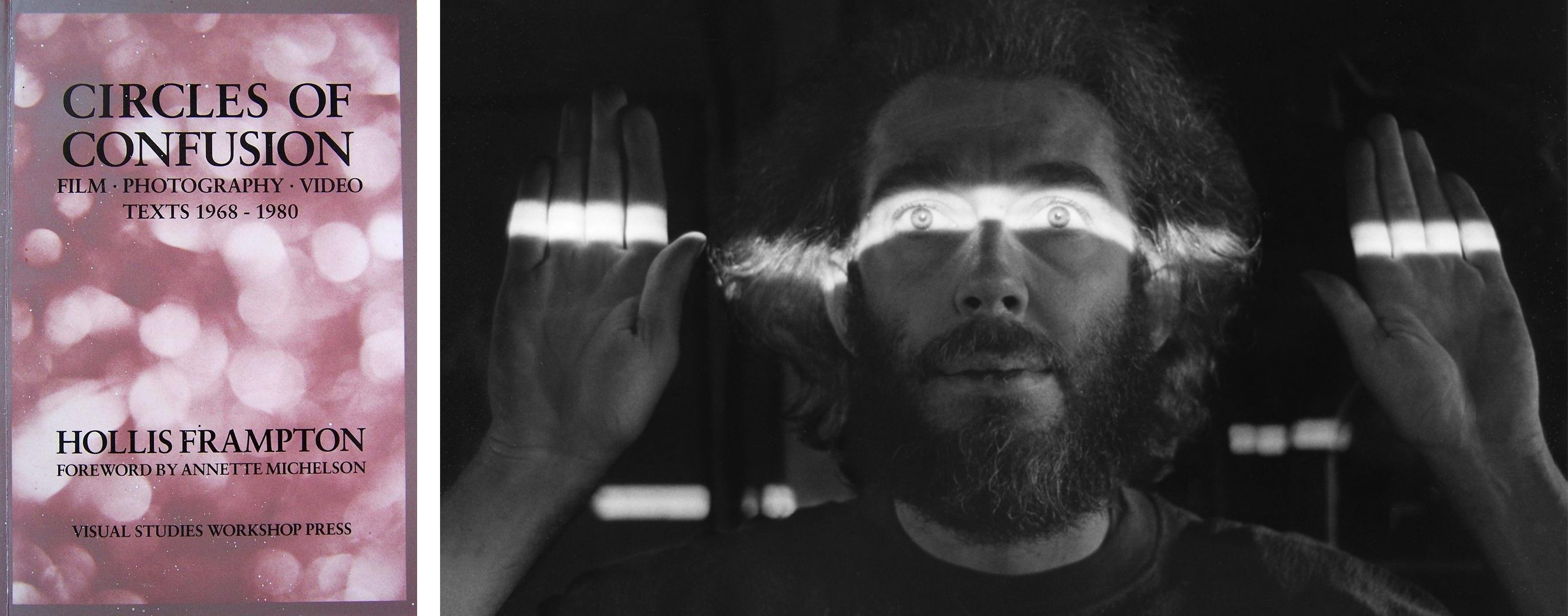
John Keene and Christopher Stackhouse’s Seismosis arrived today. It’s a wonderful-looking book with texts by Keene and drawings by Stackhouse. I don’t know the latter’s work but Keene’s Annotations has been one my favorites lately.
For what it’s worth, the poems remind me of Annotations though Keene’s style has developed remarkably, assured and matured in both subject and delivery. Seismosis, is less of a personal history than Annotations, though no less thoughtful, reflective or considerate. Keene’s approach is to take his subjects as objects in hand, noting their materials, weights, surfaces, contours, and variations. The drawings pre-register these notations, providing a record and measure as a fortifying context for Keene’s meditations.
Stackhouse’s drawings are scribbles, mostly, likened here to the titular needle-jumps of a seismograph. Taken as the book’s point of entry, they’re a pleasurable, bodily foil to the shape of Keene’s texts (lines, grids, blocks). The opening and closing poems, for example, share the title, ‘Process’; both are printed on recto pages, faced by Stackhouse drawings of dissimilar stroke and light: the first concentrates its vigorous strokes over each other and in the center of the page; the latter keeps its strokes to a relative minimum, creating two forms on the left and right sides of the page.[footnote]The drawings, part of his Perpendicular Series, are not entirely scribbles. Stackhouse’s use of straightedge, in particular, generates effective armatures for the works, directing attention from the page margins to the structure of his forms: drawings XII, XXI, XXIX (my personal favorite and the most ‘perpendicular’ work in the book), L, and LI (described above in conjunction with the second ‘Process’), are examples of this practice.[/footnote] Of the poems, the first reads, “In the mark event, you enter your signature.” The final poem, after much speculation on — among other things — spatial relations, human relations, and the relations between the drawings and texts of the book itself, acts as an aphoristic resolution of the first: “In the mark, we choose and lose signature.”
The distiction between the mark itself and the mark’s event is a crucial one for these collaborators, whose marks are contingent on the event of their collaboration; that is, the event (the book) of the marks (poems, drawings) amplifies the effects and meanings of the marks and transforms them into a single event, the way single notes form a chord. The resulting unity is no small feat. Most efforts at such union of illustration and text suffer the egos of their makers, an unwillingness to see their work subsumed into a greater project. For Keene and Stackhouse, on the other hand, it seems that Seismosis was occasioned by likemindedness, trust, and an abiding kindred sense between two artists.

